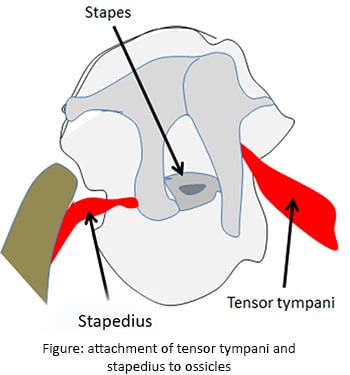Echolocation of Bats, Types of Calls, Self-deafening
Written by: Aeshika Wanasinghe, Bsc Natural Science in Zoology (OUSL) (UG)
Echolocation means a navigation method used by animals like chiropterans (bats), soricomorpha (shrews and moles), odontocetes tooth whales-sperm whales, dolphins, bottle nosed whales, porpoises.) using echoes. When a sound signal is produced by the animal it travels and strike on object and reflect back to the animal, and the animal can capture the reflected signal by the means of the specialized nose or mouth (in bats). Let's see this in details under the context.
Bats use echolocation as to perceive the environment. Locate food, avoid obstacles, orientate in the absence of light are some of the primary means associated with echolocation. Echolocation pulses are referred as "calls". These calls are brief pulses. They have a variation from 100 milliseconds to 0.25 milliseconds.
Some bats such as vespertilonids (kind of a carnivorous bat belongs to the family vespertilodea and order chiroptera) produce short signals while some bats such as rhinolophids (belongs to the family rhinolophidea and commonly known as horseshoe bats) produce long signals. These bats change the durations and the rates of the calls occasionally.
Types of calls
The calls of bats are made by larynx. These calls are either emitted through the mouth or by the nose. Bats that use their mouth to emit calls are called oral emitters while who use their nose to emit calls are called nasal emitters.
The skull structure of the oral emitters is similar to the structure of typical terrestrial mammals. But the rostral part is rotated ventrally below the level of brain case in nasal emitters. These rostral parts are specialized for the nasal emitting.
Oral emitters keep their mouth open when echo locating. They can produce high intense pulses. Normally high intense pulse emitters (most of the time oral emitters) are capable of catching small insects while in flight. Other nasal emitters who have low intensity calls feeds on fruit nectar and small animals.
Intensity of a bat call and strength of a signal
Intensity of a bat call represents the strength of a signal. This is measured by dB (decibel). We can clearly identify two main types of calls depending on the bandwidth (breath of frequency) as narrow band calls (less than 10 KHz) and broad band calls (80-100 KHz).
Narrowband calls are designed as constant frequency (CF) signals while broadband designed as frequency modulated (FM) signals. Narrowband calls are used for target detection; with the increase of bandwidth they can pinpoint the target precisely. FM calls are used as search phase signals and also used for target detection as well. These calls are sensitive in Doppler shift.
Self-deafening of bats
Bat ear is protected against outgoing echolocation sounds, this is known as self-deafening. Bats have well grown tensor tympani (muscle attached to the malleus) and stapedius (muscle attached to the stapes). The sound waves strikes on the tympanic membrane, this is amplifies and transmitted towards the oval window through the ear ossicals (malleus, incus, and stapes).
A vibration is created at the fluid of the inner ear and it is transmitted towards the basilar membrane. This is then converted in to nerve impulse and transmits towards the brain. Throughout this process the unusually loud noises are controlled by the above mentioned muscles.
The stapedius muscle is contracted before the generation of the pulse. By this contraction the stapes bone is moved away from the oval window and this prevents the entering of the sounds in to the inner ear. Also these echolocation sounds are reduced by sound beaming using lips and complex nose structures.

Throughout the journey of these bats the objects in the path helps in foraging, transmitting, scattering and reflecting of signals. We can identify three phases in a bat echolocation. They are search phase, approach phase and terminal buzz phase.

two types of signal cycles for echolocation
Bats use two types of signal cycles for echolocation. They are Heavy-duty cycles and low-duty cycles. In low duty cycles the time between a signal and its echo is short, so these low duty cycle bats are unable to broadcast and receive signals at the same time. Heavy duty bats can receive and transmit signals at the same time; bats can differentiate between signals and echo using the frequencies. During the search phase bats tend to find the location of their pray.
During this phase the frequency of the signal is high and the gap between two adjacent signals is comparatively long. During the second phase or the approach phase bat is selecting a one appropriate target for their own. Throughout this phase the effort is to approach to the selected pray. With the time the gap between two adjacent calls become more similar.
The last phase or the attach phase leads the way for the target capturing of the bat. At this point the calls become rapid, frequencies are moreover same and adjacent gaps are likely to be similar.
Questions